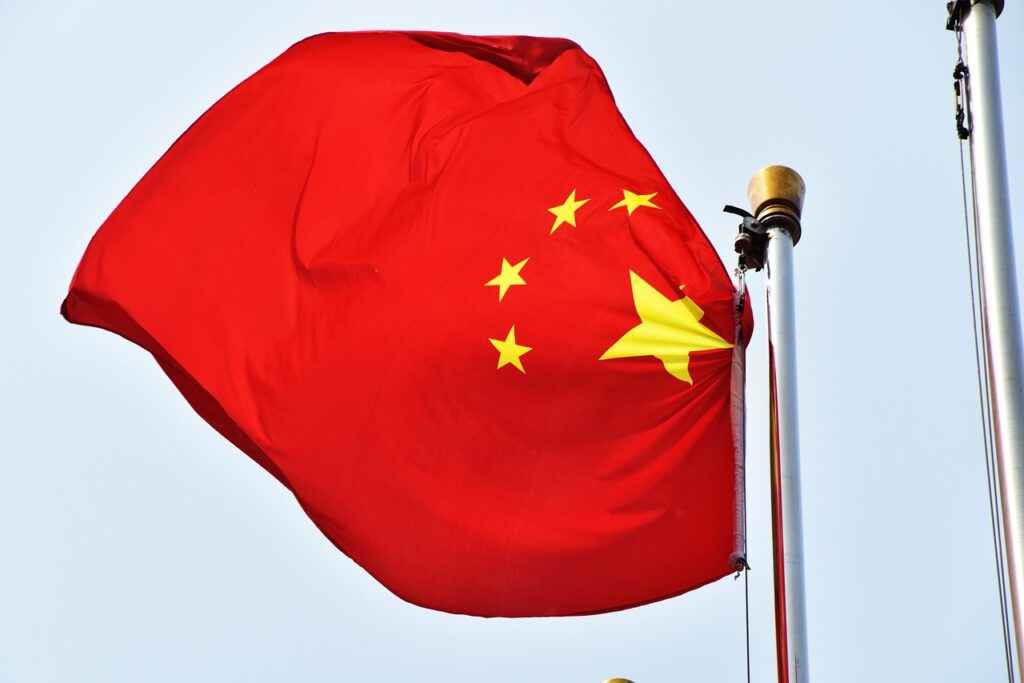China’s strategic maneuvering within the global market for critical minerals has been characterized by a substantial financial commitment over the last two decades.
With an estimated $57 billion funneled into securing the supply chain, China has established a preeminent position by leveraging a network of at least 26 state-backed financial institutions. These minerals—including copper, cobalt, nickel, lithium, and rare earths (REE)—are essential components in the transition to renewable energy technologies, such as electric vehicle batteries and solar panels.
Between 2000 and 2021, Chinese financial entities extended nearly $57 billion in loans to 19 countries, enabling China to cement long-term control over these strategic resources. This control has largely been facilitated through joint ventures and special purpose vehicles, affording Chinese entities significant influence over resource extraction and processing. Over 75% of these financial arrangements are structured to ensure Chinese ownership stakes.
Distinctly separate from China’s Belt and Road Initiative, which primarily involves a narrower band of development banks, the funding for transition minerals involves a broader cross-section of financial institutions, including large state-owned commercial banks like the Industrial and Commercial Bank of China and Bank of China. Unlike the relatively uniform structure of BRI loans, mineral financing often involves serial loans, underscoring a deeper, more sustained commitment to securing upstream resources.
However, China’s strategy is multifaceted, extending beyond resource acquisition to include stringent export controls on certain strategic materials. In 2025, the Ministry of Commerce and the General Administration of Customs of China jointly announced the implementation of export controls on five materials: tungsten, tellurium, bismuth, molybdenum, and indium. This move, formalized in Announcement No. 10 of 2025, aligns with international obligations to mitigate proliferation risks and safeguard national interests.
Precise control lists have been defined for each material category, highlighting specific serialized items subject to export restrictions. For tungsten, the announcement covers its intricacies across various forms, including ammonium paratungstate, tungsten oxide, and non-1C226 regulated tungsten carbide. Tellurium and its compounds, specifically cadmium telluride and related alloys, are also regulated. Metallic forms of bismuth, like ingots and powder, alongside chemical compounds such as bismuth germanate and triphenyl bismuth, are listed.
Molybdenum powder, particularly with a purity of 97% or higher and particle sizes below 50 micrometers, is targeted due to its application in missile component manufacturing. Finally, indium-related items are restricted, covering compounds like indium phosphide and trimethylindium.
The implications of China’s resource strategy extend beyond mere economic interests, raising alarms in Western nations and prompting a reevaluation of supply chain dependencies. There are emerging concerns for host countries that often find themselves with limited access to potential future financial returns from these mineral assets.
The detailed criteria set out for each category emphasize the technical sophistication now expected from enterprises dealing with these strategically sensitive materials. As the global demand for critical minerals continues to rise, the need for diversified and resilient supply chains becomes increasingly imperative, making strategic cooperation and competition in the mineral sector a focal point of international economic policies.
China balances fostering mining activities, improving the efficient use and preservation of minerals, upgrading industrial structures, advancing innovation, and promoting a circular economy and the “green development” of industry internally, while externally focusing on promoting international cooperation in mining.
Stay updated on the latest in energy! Follow us on LinkedIn, Facebook, and X for real-time news and insights. Don’t miss out on exclusive interviews and webinars—subscribe to our YouTube channel today! Join our community and be part of the conversation shaping the future of energy.





